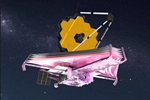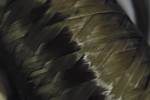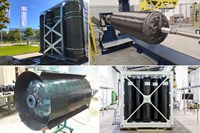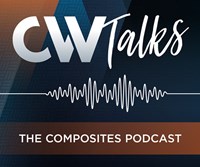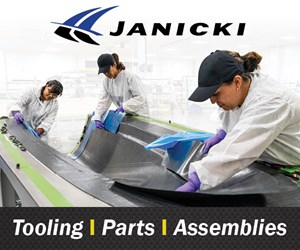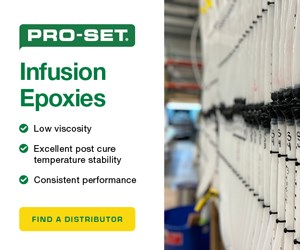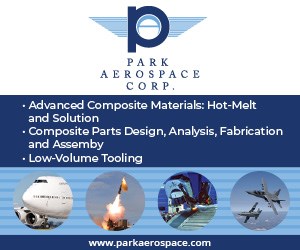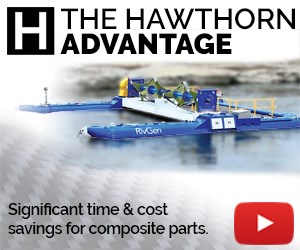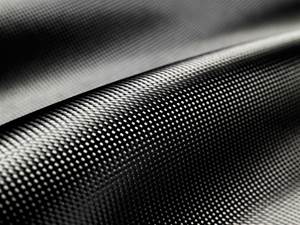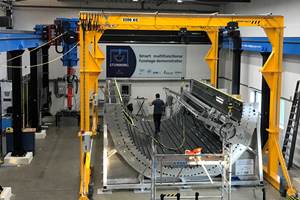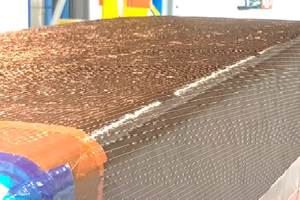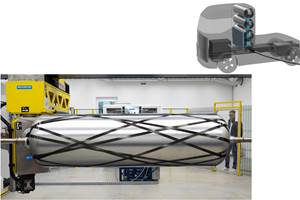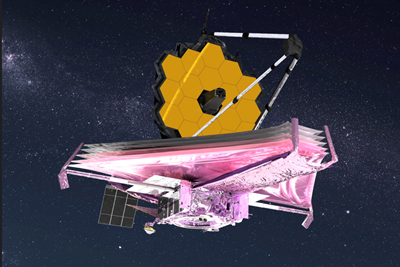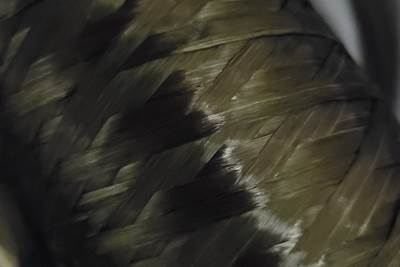James Webb telescope reaches mirror alignment milestone, optics working successfully
Following the completion of critical mirror alignment steps, NASA’s James Webb Space Telescope has reported optical performance that could exceed original expectations.
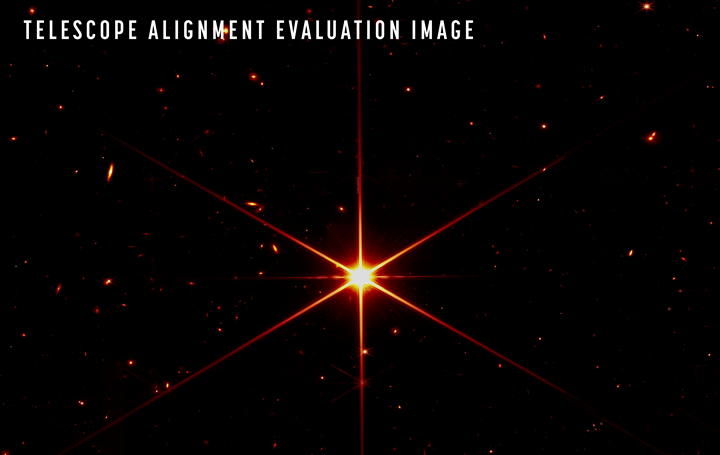
While the purpose of this image was to focus on the bright star at the center for alignment evaluation, Webb’s optics and NIRCam are so sensitive that the galaxies and stars seen in the background show up. At this stage of Webb’s mirror alignment, known as “fine phasing,” each of the primary mirror segments have been adjusted to produce one unified image of the same star using only the NIRCam instrument. This image of the star, which is called 2MASS J17554042+6551277, uses a red filter to optimize visual contrast. Photo Credit: NASA/STScI
Following the completion of critical mirror alignment steps, NASA’s (Washington, D.C., U.S.) James Webb Space Telescope (JWST) team expects that Webb’s optical performance will be able to meet or exceed the science goals the observatory was built to achieve.
On March 11, the Webb team completed the stage of alignment known as “fine phasing.” At this key stage in the commissioning of Webb’s Optical Telescope Element, every optical parameter that has been checked and tested is performing at, or above, expectations. The team also found no critical issues and no measurable contamination or blockages to Webb’s optical path. The observatory is able to successfully gather light from distant objects and deliver it to its instruments without issue.
Although there are months to go before Webb ultimately delivers its new view of the cosmos, achieving this milestone means the team is confident that Webb’s first-of-its-kind optical system is working as well as possible.
“More than 20 years ago, the Webb team set out to build the most powerful telescope that anyone has ever put in space and came up with an audacious optical design to meet demanding science goals,” says Thomas Zurbuchen, associate administrator for NASA’s Science Mission Directorate in Washington. “Today we can say that design is going to deliver.”
While some of the largest ground-based telescopes on Earth use segmented primary mirrors, Webb is said to be the first telescope in space to use such a design. The 21-foot, 4-inch (6.5-meter) primary mirror is made up of 18 hexagonal, beryllium mirror segments. It had to be folded up for launch and then unfolded in space before each mirror was adjusted — to within nanometers — to form a single mirror surface.
“In addition to enabling the science that Webb will achieve, the teams that designed, built, tested, launched and now operate this observatory have pioneered a new way to build space telescopes,” adds Lee Feinberg, Webb optical telescope element manager at NASA’s Goddard Space Flight Center in Greenbelt, Maryland.
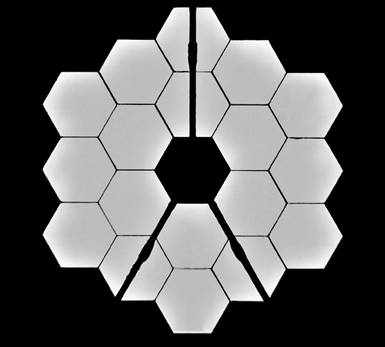
This new “selfie” was created using a specialized pupil imaging lens inside of the NIRCam instrument that was designed to take images of the primary mirror segments instead of images of the sky. This configuration is not used during scientific operations and is used strictly for engineering and alignment purposes. In this image, all of Webb’s 18 primary mirror segments are shown collecting light from the same star in unison. Photo Credit: NASA/STScI
With the fine phasing stage of the telescope’s alignment complete, the team has now fully aligned Webb’s primary imager, the Near-Infrared Camera, to the observatory’s mirrors. “We have fully aligned and focused the telescope on a star [shown above], and the performance is beating specifications. We are excited about what this means for science,” says Ritva Keski-Kuha, deputy optical telescope element manager for Webb at NASA Goddard. “We now know we have built the right telescope.”
Over the next six weeks, the team will proceed through the remaining alignment steps before final science instrument preparations. The team will further align the telescope to include the Near-Infrared Spectrograph, Mid-Infrared Instrument and Near InfraRed Imager and Slitless Spectrograph. In this phase of the process, an algorithm will evaluate the performance of each instrument and then calculate the final corrections needed to achieve a well-aligned telescope across all science instruments. Following this, Webb’s final alignment step will begin, and the team will adjust any small, residual positioning errors in the mirror segments.
The team is on track to conclude all aspects of Optical Telescope Element alignment by early May 2022, if not sooner, before moving on to approximately two months of science instrument preparations. Webb’s first full-resolution imagery and science data will be released in the summer, close to July.
Related Content
Materials & Processes: Composites fibers and resins
Compared to legacy materials like steel, aluminum, iron and titanium, composites are still coming of age, and only just now are being better understood by design and manufacturing engineers. However, composites’ physical properties — combined with unbeatable light weight — make them undeniably attractive.
Read MoreThermoplastic composites welding advances for more sustainable airframes
Multiple demonstrators help various welding technologies approach TRL 6 in the quest for lighter weight, lower cost.
Read MoreOne-piece, one-shot, 17-meter wing spar for high-rate aircraft manufacture
GKN Aerospace has spent the last five years developing materials strategies and resin transfer molding (RTM) for an aircraft trailing edge wing spar for the Airbus Wing of Tomorrow program.
Read MoreCryo-compressed hydrogen, the best solution for storage and refueling stations?
Cryomotive’s CRYOGAS solution claims the highest storage density, lowest refueling cost and widest operating range without H2 losses while using one-fifth the carbon fiber required in compressed gas tanks.
Read MoreRead Next
James Webb Space Telescope reaches major milestone as primary mirror unfolds
Full deployment of the 21-foot, gold-coated primary mirror completes the final stage of all major spacecraft deployments in preparation for science operations.
Read MoreCW’s 2024 Top Shops survey offers new approach to benchmarking
Respondents that complete the survey by April 30, 2024, have the chance to be recognized as an honoree.
Read MoreFrom the CW Archives: The tale of the thermoplastic cryotank
In 2006, guest columnist Bob Hartunian related the story of his efforts two decades prior, while at McDonnell Douglas, to develop a thermoplastic composite crytank for hydrogen storage. He learned a lot of lessons.
Read More

